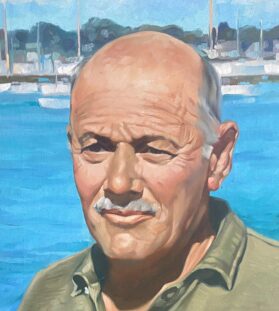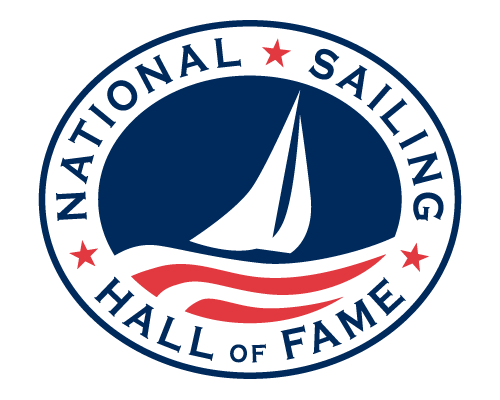PREVIOUSNEXT

Deceased , Historic
William
Dyer
Bill
1895 - 1964
Creator of the 10-foot Dyer Dink, Bill Dyer was a competitive dinghy sailor at the forefront of the conception of frostbite dinghy racing, and a successful businessman at the advent of full-scale production of fiberglass boats. The following history of Dyer Dhows is published on the website of Mystic Seaport Museum; Located in Warren, Rhode Island, The Anchorage, Inc. has been building boats named after the company’s founder, Bill Dyer, since 1930. After creating the now classic 10-foot Dyer Dink, the most famous of the Dyer line of dinghies–the nine-foot Dyer Dhow–was built in the early 1940s manufactured out of plywood. During World War II, Anchorage was contracted to supply lifeboats to be carried aboard small minesweepers and PT boats. Dyer Dhows were the boats to answer this call to service. Used on the Pacific front, Dhows were used as rescue units when ships were attacked. Stacks of Dyer Dhows were dropped into the water over shipwrecks to allow survivors safety until they could be rescued. Anna Jones, granddaughter of creator Bill Dyer, describes their early uses during wartime: “The government (War Department) came to my grandfather, Bill Dyer, during WWII and asked him to build a boat that would fit in nine-feet of space and hold nine men. The original 9’ers were plywood and were used on PT boats during WWII. I have pictures of them being loaded on the big transport planes. I also have a picture showing nine of our men standing in one out here on the [Warren] river and it was still floating. About a year or so ago, I had a call from a customer who told me that when he was stationed in the South Pacific during the war they used to take a boat and rag a sail on it and sail around. That’s where he learned to sail.” In 1949, the first fiberglass sailing dinghy based on the version of the Dhow used during the war was built. While not the first boat ever built of fiberglass, the Dhow is the oldest continuously-built fiberglass boat in production today. The nine-foot Dhow was followed by the 7′ 11″ Midget and the 12 ½’ Daysailer. Dyer also makes the Glamour Girl, a launch or utility vessel, which can also be found at Mystic Seaport and as part of the Joseph Conrad Overnight Sailing Camp and Community Sailing programs. A versatile boat, the Dyer Dhow’s “hard chine” flat-bottom design offers great stability perfect for teaching sailing to all ages. Dyers Dhows can hold up to four people or approximately 650 pounds. Dhows are not just sailboats; many people use them as rowboats or powerboats as well.
[searchandfilter id="7549"]
Preserving America’s Sailing Legacy
Engaging Sailing’s Next Generation
Stay Connected to the National Sailing Hall of Fame
